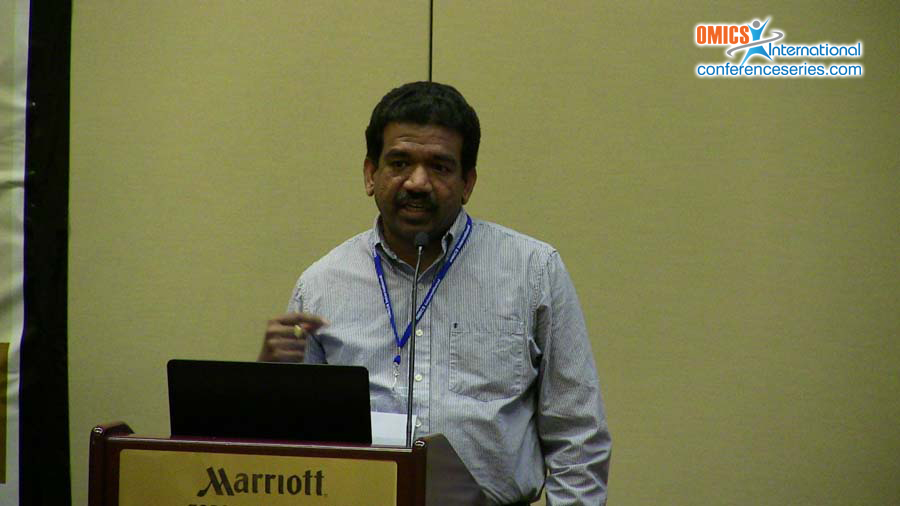Samson Jamesdaniel
Wayne State University, USA
Title: Prevalence of tinnitus and hearing handicap in firefighters
Biography
Biography: Samson Jamesdaniel
Abstract
Urban employees, such as first responders, are highly susceptible to the synergistic effects of environmental toxicants and pollutants such as noise, as they are frequently exposed to various combinations of these environmental risk factors in their day-to-day activities. More specifically, firefighters are highly susceptible to hearing loss due to long-term exposure to noise from sirens, air horns, and equipment, and tools used in forcible entry, ventilation, and extrication. Studies indicate that 40% of the firefighters have hearing loss in the noise-sensitive frequencies of 4 and 6 kHz. Noise-induced hearing loss (NIHL) is often accompanied by tinnitus, which is characterized by ringing or annoying noise in the ears, in the absence of any external sound. The presence of a phantom sound can adversely affect the performance of firefighters as it can mask some of the auditory cues required to take appropriate and timely action in life and death situations. Although several studies have investigated the NIHL in firefighters, very little is known about the prevalence of tinnitus in firefighters. Therefore, twenty four firefighters from the city of Detroit, with at least 5 years of continuous service, were enrolled in this study conducted by the center for urban responses to environmental stressors (CURES) at Wayne State University. Hearing handicap inventory for adults (HHIA) was used to determine the difficulty in hearing perceived by the firefighters and tinnitus functional index (TFI) was used to determine the incidence of tinnitus. Mild to moderate hearing handicap was reported by 25% of the participants. The TFI survey indicated that 44% of the participants had tinnitus and the TFI score was higher than 25 in 17% of the participants. Among the firefighters with mild to moderate hearing handicap 67% had tinnitus. These preliminary findings indicate that the prevalence of tinnitus is almost proportional to that of NIHL previously reported in firefighters and tinnitus could potentially compromise the auditory perception of firefighters.




